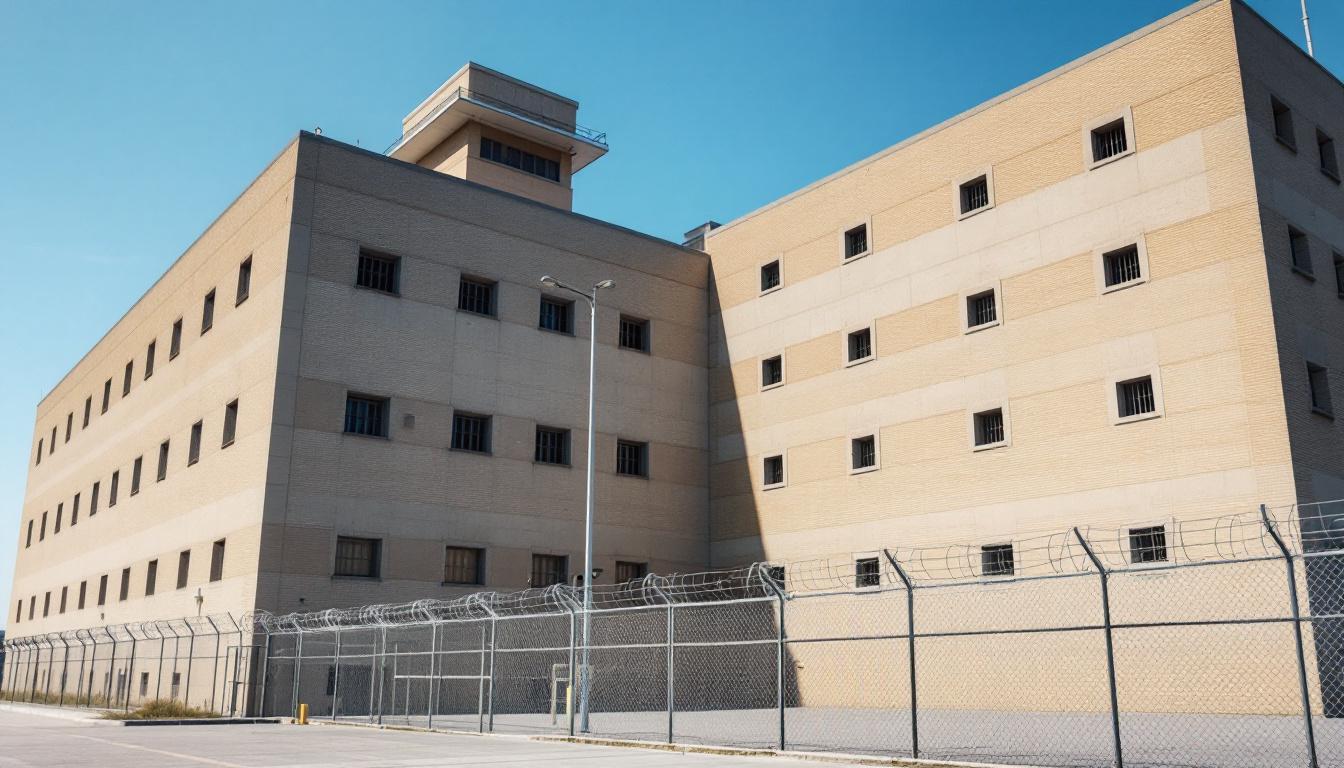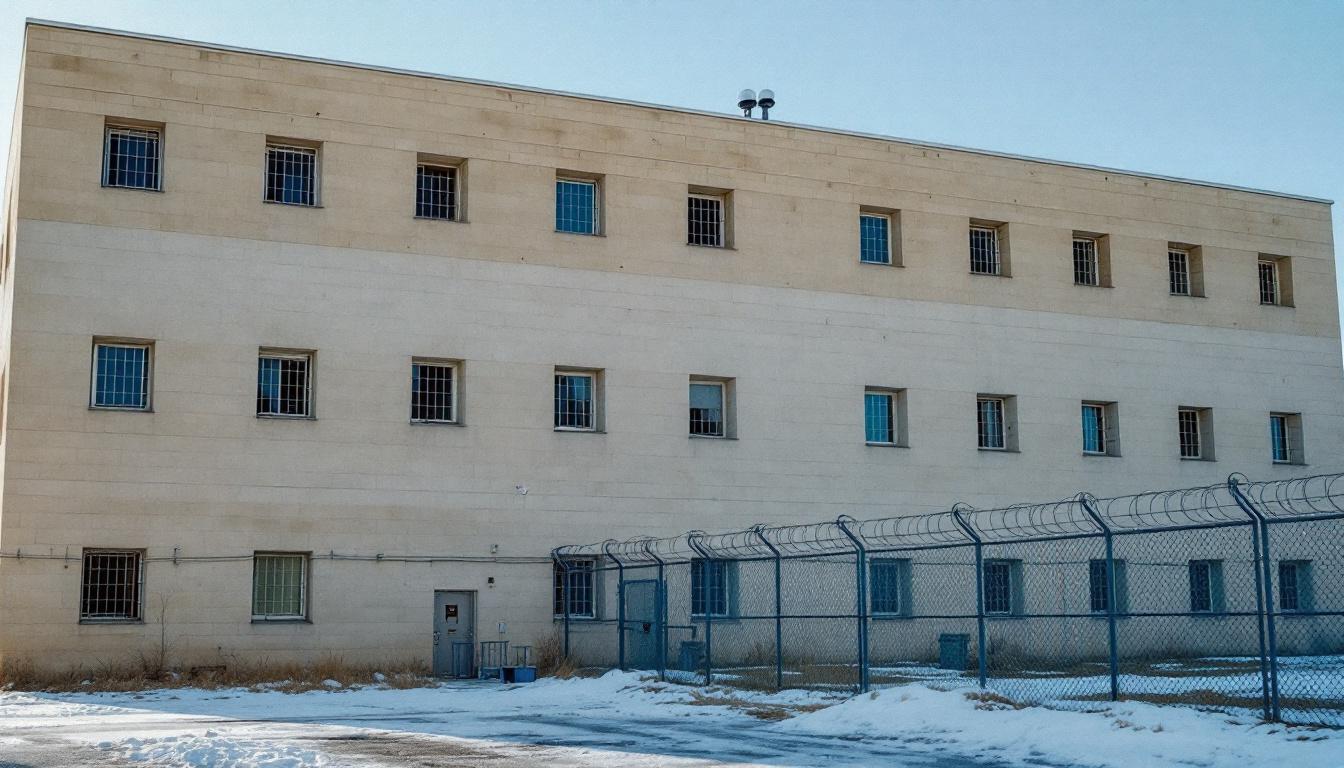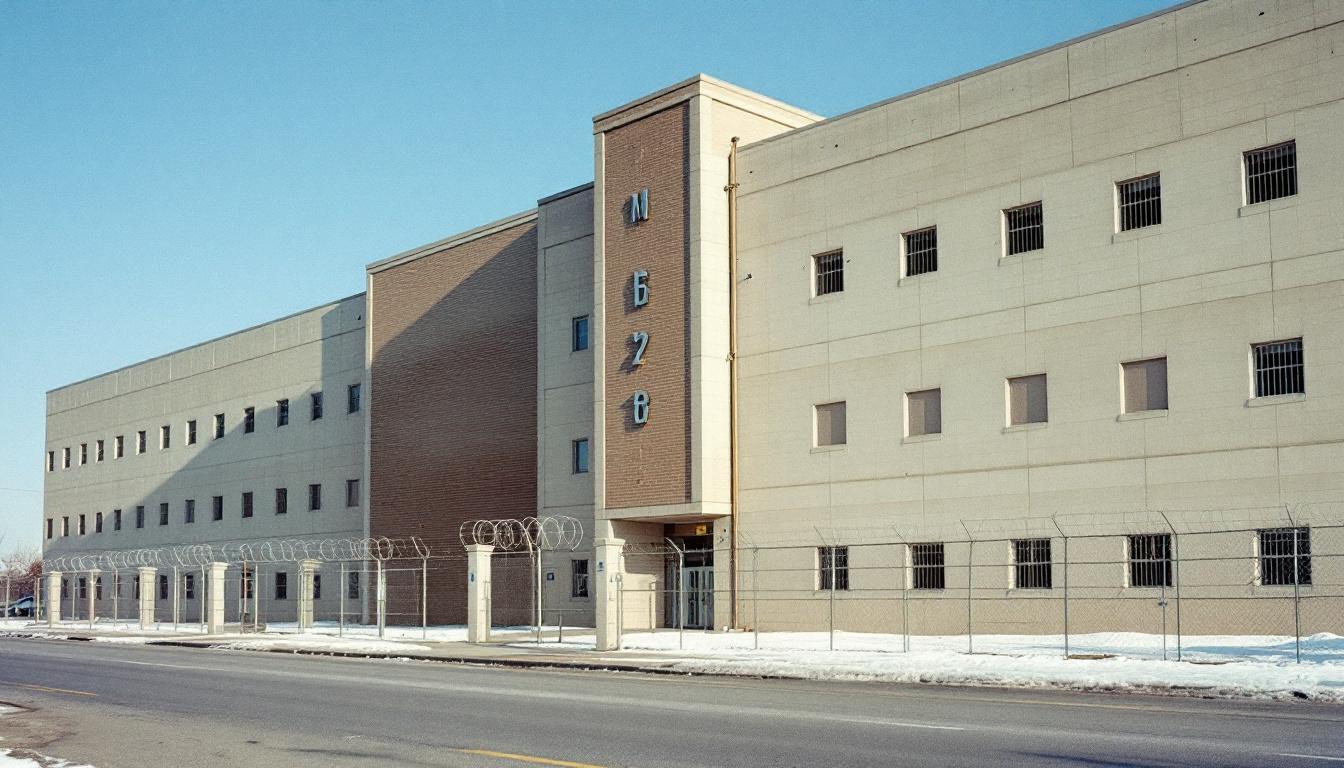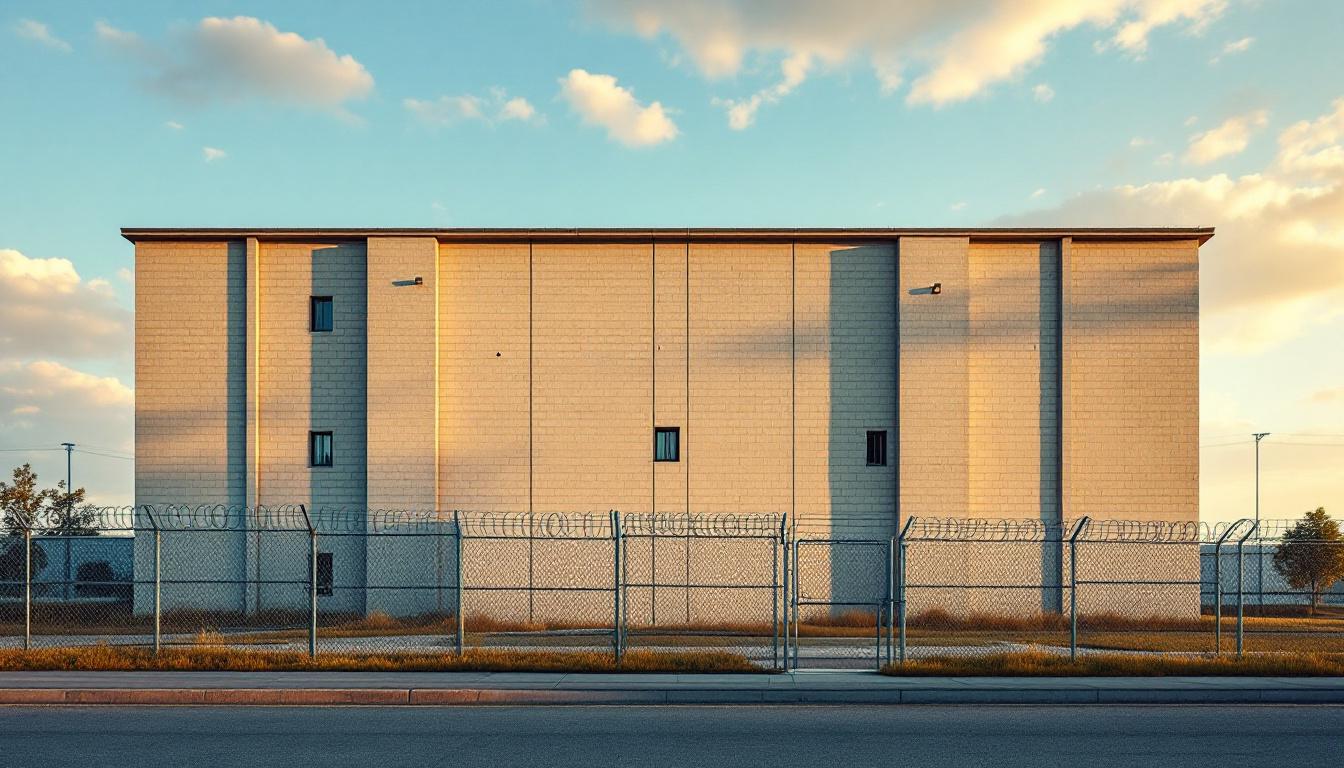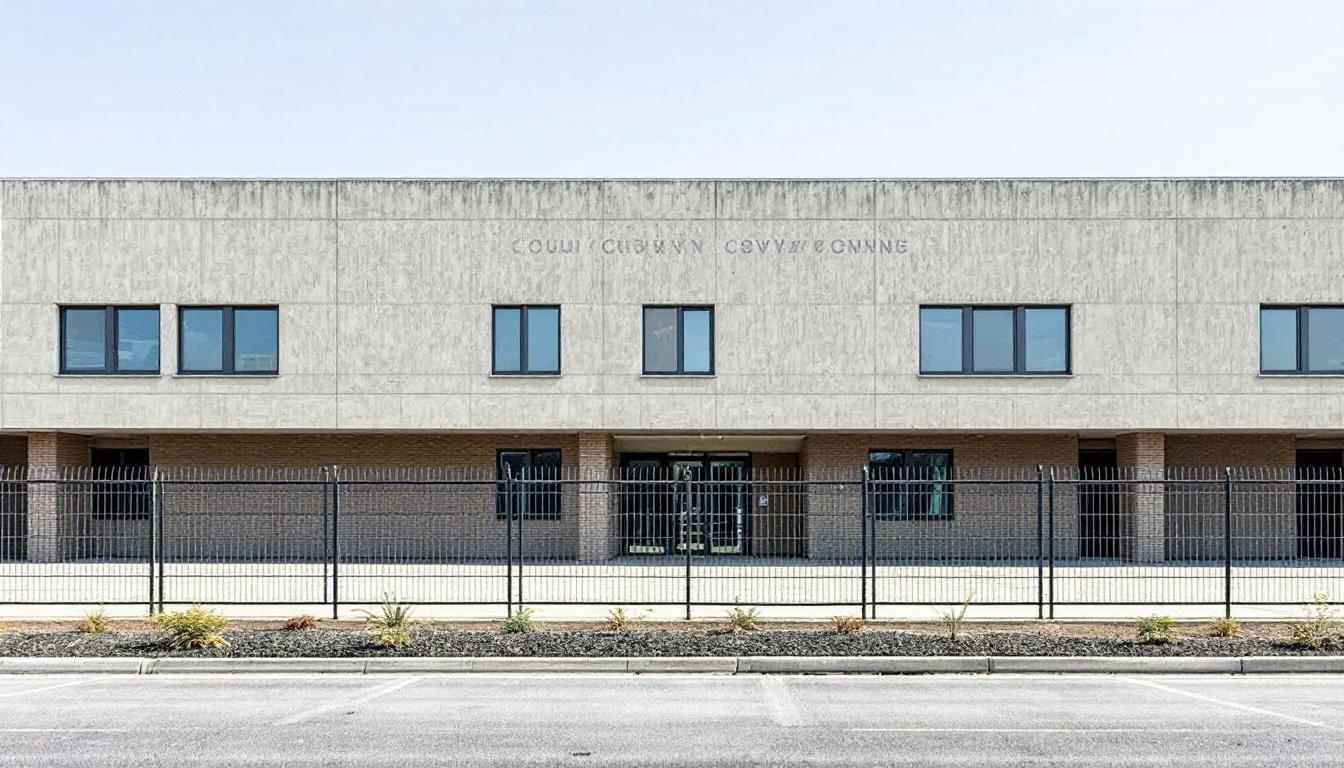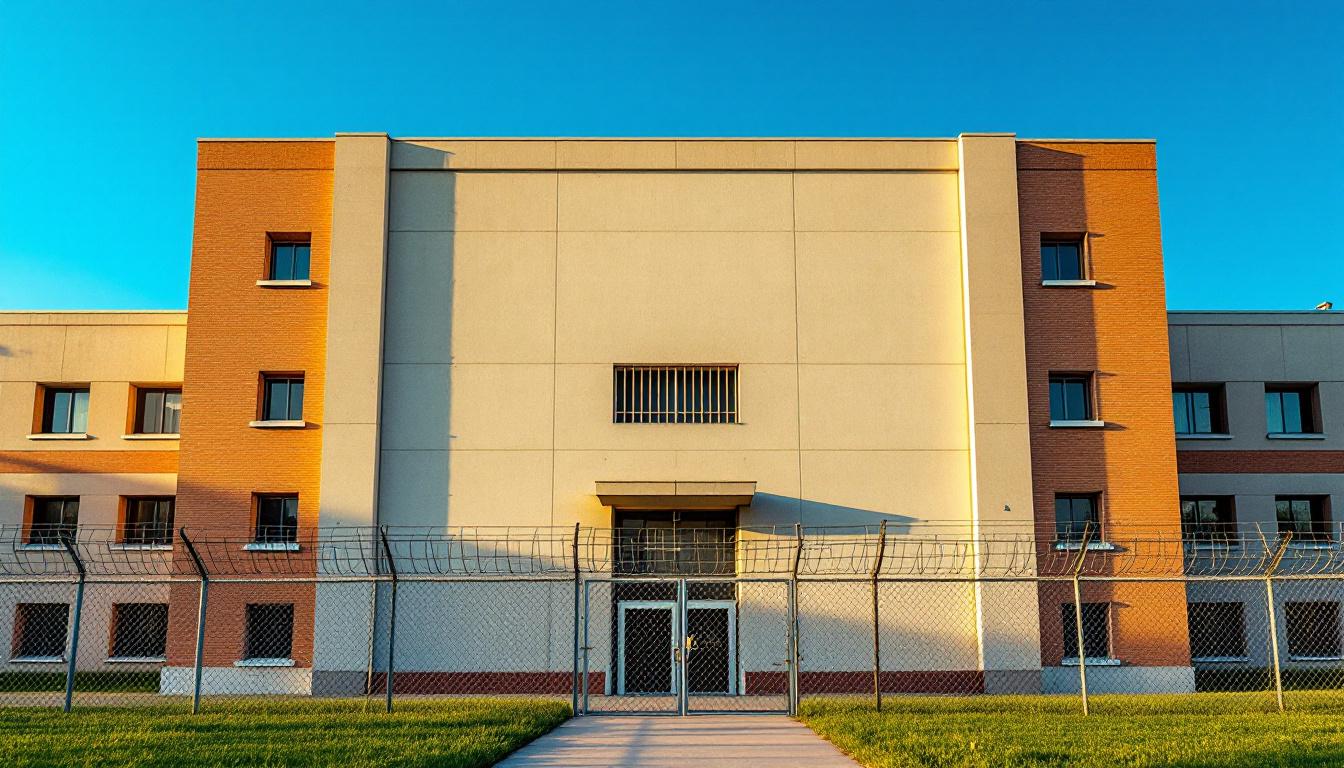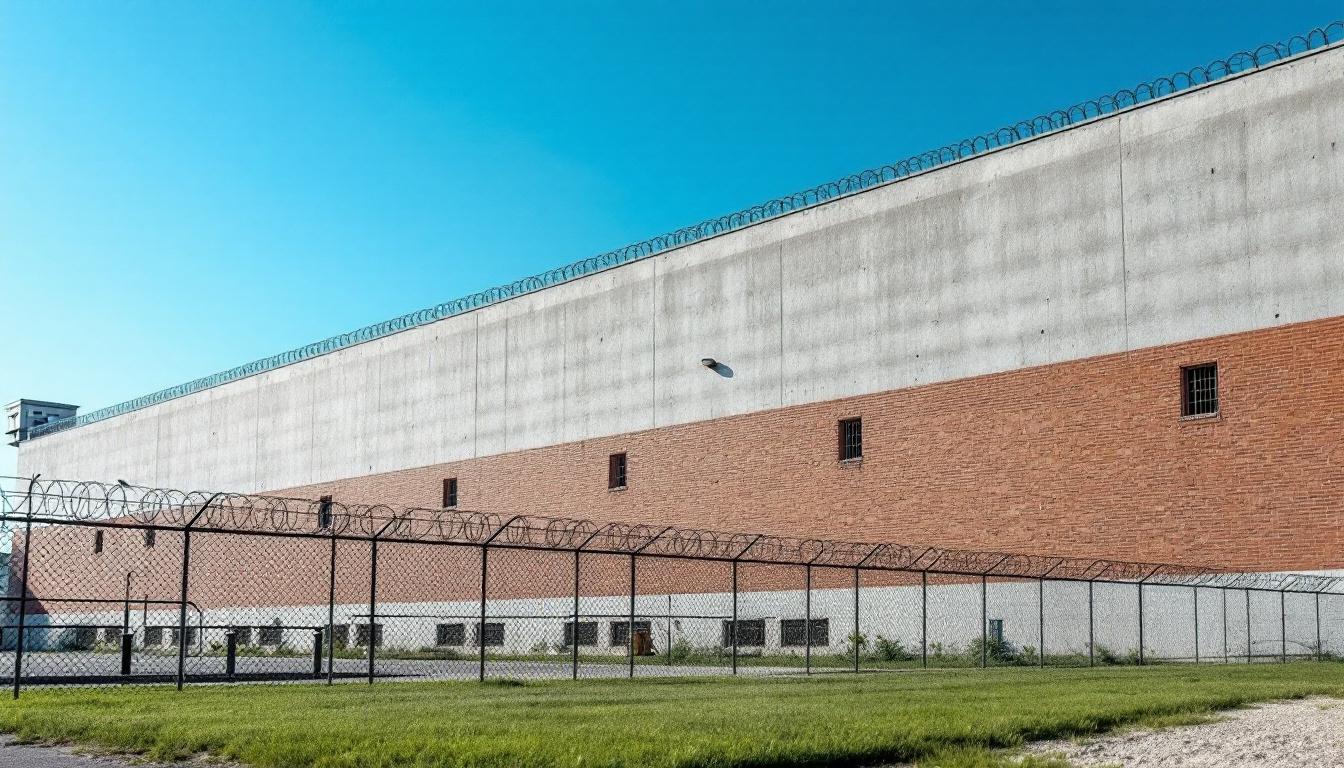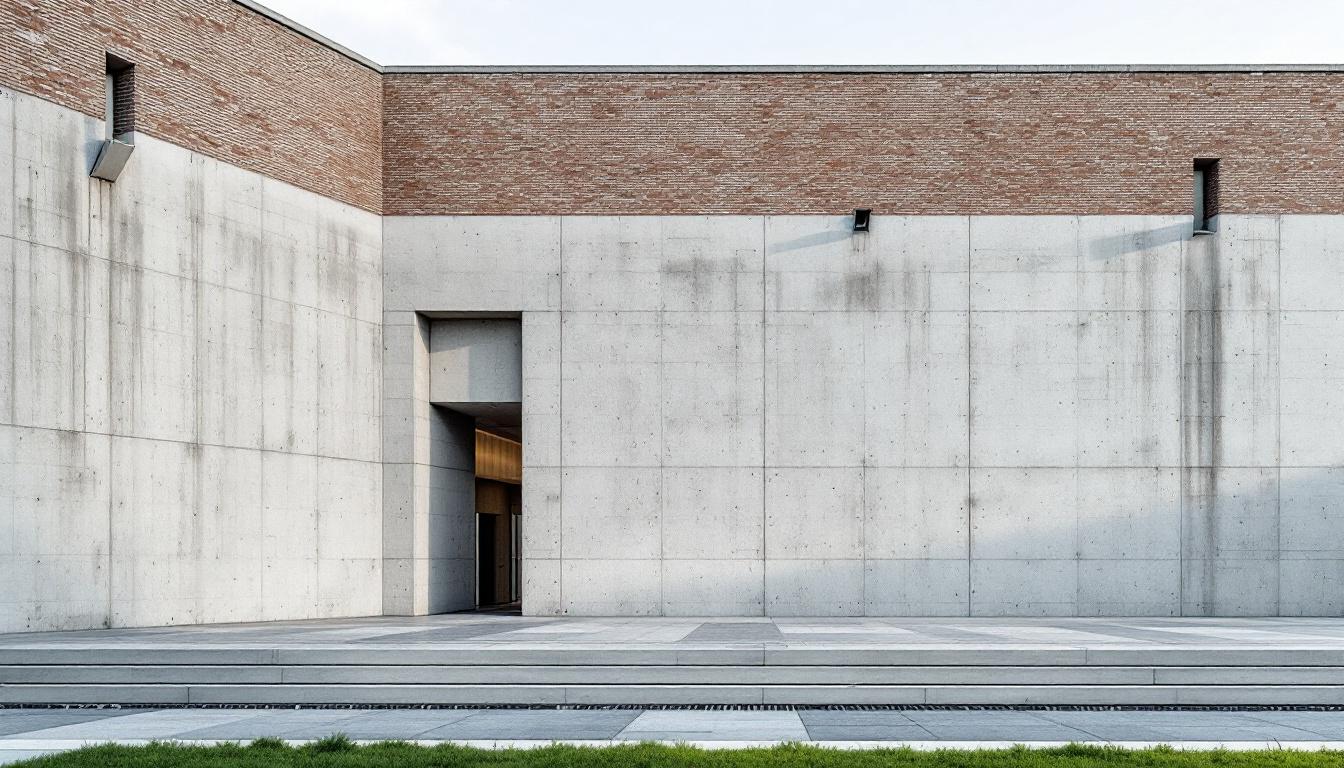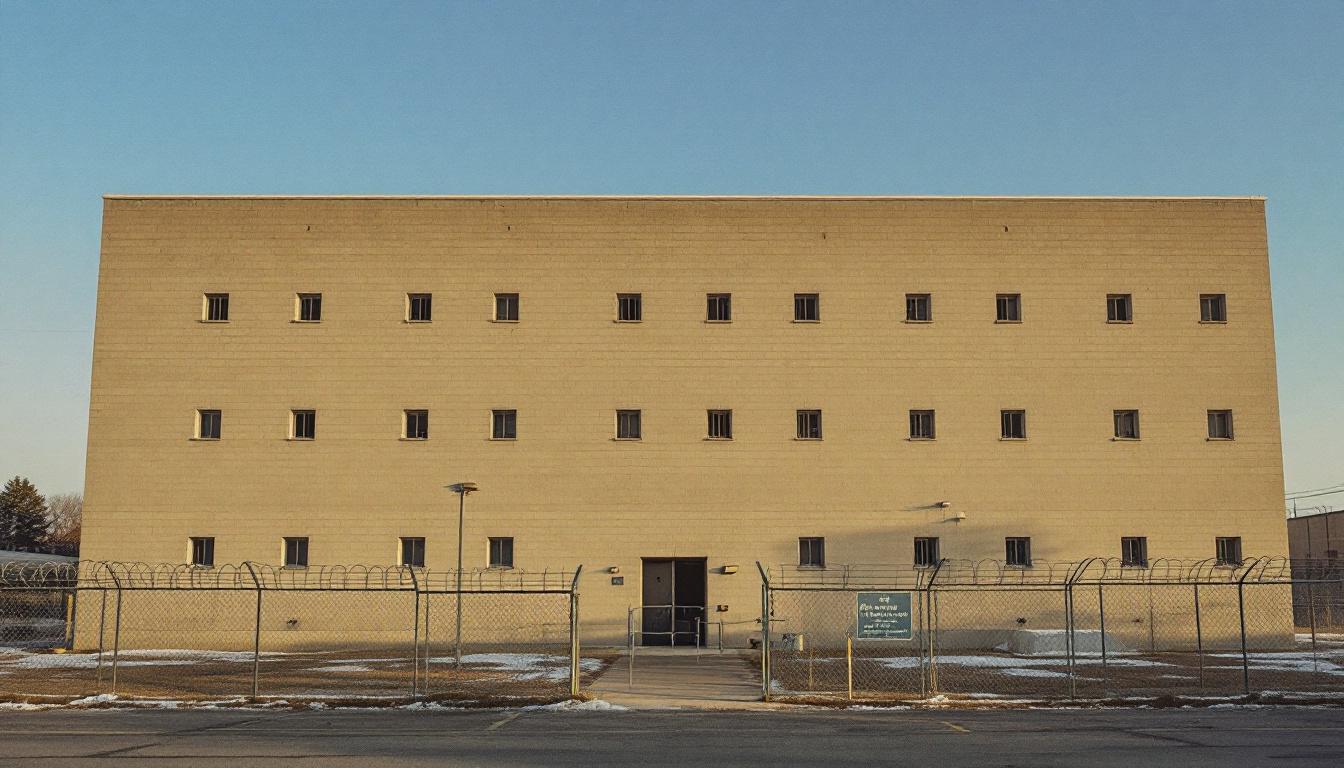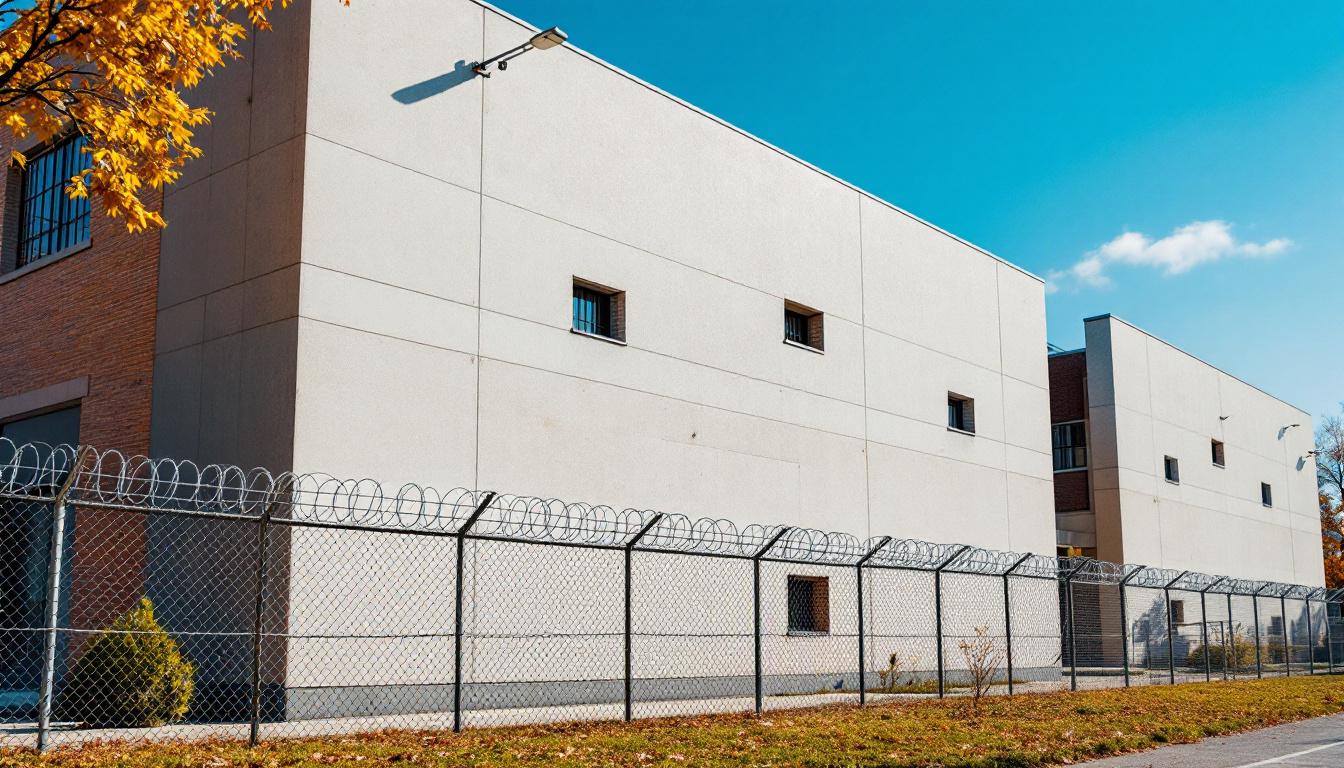
Quick Navigation
How to contact an inmate at Corrections Medical Center
This comprehensive guide will walk you through how to connect with an inmate at Corrections Medical Center. Follow the steps below to find an inmate and send letters and photos:
- Search for the inmate using our search tool below
- Create your account or log in to Penmate
- Write your message (up to 6,000 characters)
- Send instantly - inmates receive printed copies daily
Find an Inmate
Search for an inmate to start communicating today
Tip: You can search by first name, last name, or inmate ID number
To contact a person at Corrections Medical Center start by searching for the person on the facility website. Perform a search by following these steps:
- Step 1: Enter their first name and last name into the search form and click "Search"
- Step 2: Locate their inmate record
- Step 3: Write down their Inmate ID and any housing information provided
Important! Be sure to enter the person's full name. Nicknames should not be used.
How to Send Messages to Inmates

You can use your phone or computer to send emails, letters, and photos to an inmate. Messages are sent electronically to inmate tablets or kiosks at the facility. If you would like to send a message, start by searching for an inmate at Corrections Medical Center.
Sending Photos and Postcards

A great way to send love and support to a loved one at Corrections Medical Center is to send photos and postcards. It only takes a few minutes to send photos from your phone and it makes a huge difference. You can also mail postcards with words of support and inspiration, or design your own postcard for special moments like birthdays and holidays.
Important! Be sure not to send any explicit photos or they may not be approved by the facility. You can also use a photo printing app like Penmate to make sure your photos are printed at the correct size (4x6 or 3x5) and are mailed according to the rules and regulations of Corrections Medical Center.
Frequently asked questions about Corrections Medical Center
-
How long does it take to deliver a message?
If you're sending an email message your letter is usually delivered within 24-48 hours. For messages sent via mail you should expect delivery within 3-7 days. All messages will need be approved by Corrections Medical Center.
-
How much does it cost to send a message to Corrections Medical Center?
You can send a message free using your phone or mail a message via USPS for the price of a $0.60 stamp and envelope. You can also purchase credits or e-stamps from services starting at $1.99.
-
What services can I use to contact an inmate at Corrections Medical Center?
Penmate
You can use Penmate to send letters and photos to an inmate from your phone. It's an easy way to stay in touch during your loved one's incarceration. Use the inmate locator to find an inmate's location and contact information, then you can send messages within a few minutes.
Securus messaging
Securus may be another option for communicating with an inmate at Corrections Medical Center. You can create a friends and family account and purchase credits to send messages. All messages will be reviewed and must be approved by the facility.
JPay
Some county jails and state prisons may support sending messages with JPay. You must register an account with the system, find your loved one, and purchase stamps to send messages. For some locations you can also attach photos.
Smart Jail Mail
You may also check if Smart Jail Mail is available at Corrections Medical Center. Smart Jail Mail is operated by Smart Communications and has contracted with some state and county jails. After purchasing credits, your messages and photos are sent to the facility, printed out, and then handed out to your loved one.
-
What is the mailing address of Corrections Medical Center?
Mailing address:
Corrections Medical Center
1990 Harmon Ave
Columbus, OH 43223
-
What are the visiting hours at Corrections Medical Center?
Visiting hours at Corrections Medical Center vary by housing unit and security level. Generally, visits are scheduled on weekends and holidays, with some facilities offering weekday visits. Contact the facility directly for the current visiting schedule. Visits typically last 30-60 minutes and must be scheduled in advance.
-
What items are prohibited when sending mail to Corrections Medical Center?
Prohibited items typically include: cash, personal checks, stamps, stickers, glitter, glue, tape, staples, paperclips, polaroid photos, musical or blank greeting cards, hardcover books, magazines with staples, and any items containing metal or electronics. Only send letters on plain white paper with blue or black ink. Photos must be printed on regular photo paper (no Polaroids). Always check with Corrections Medical Center for their specific mail policies.
-
How do I send money to an inmate at Corrections Medical Center?
You can send money to an inmate at Corrections Medical Center through several methods: 1) Online using JPay, Access Corrections, or the facility's approved vendor, 2) Money orders mailed directly to the facility with the inmate's name and ID number, 3) Kiosks located in the facility lobby, or 4) Over the phone using a credit or debit card. Fees vary by method, typically ranging from $2.95 to $11.95 per transaction.
-
Can I schedule a video visit with an inmate at Corrections Medical Center?
Many facilities now offer video visitation as an alternative to in-person visits. At Corrections Medical Center, video visits may be available through services like Penmate, Securus Video Connect, GTL, or ICSolutions. Video visits typically cost $10-20 for 20-30 minutes and must be scheduled in advance. You'll need a computer or smartphone with a camera and reliable internet connection. Contact the facility for their specific video visitation policies and approved vendors.
-
What identification do I need to visit an inmate at Corrections Medical Center?
All visitors must present valid government-issued photo identification such as a driver's license, state ID, passport, or military ID. Minors must be accompanied by a parent or legal guardian who can provide the minor's birth certificate. Some facilities require visitors to be on the inmate's approved visitation list, which may require a background check. Contact Corrections Medical Center for specific ID requirements and visitor approval procedures.
-
How can I find out an inmate's release date?
To find an inmate's release date at Corrections Medical Center, you can: 1) Use the online inmate search tool if available, 2) Call the facility's records department, 3) Contact the inmate's case manager or counselor, or 4) Have the inmate provide this information during a call or visit. For privacy reasons, some facilities only release this information to immediate family members.
Facility Overview
Contact Information
Corrections Medical Center1990 Harmon Ave
Columbus, OH 43223

About Corrections Medical Center
Medical correctional facilities serve a specialized function within Ohio's correctional system, addressing the complex healthcare needs of incarcerated individuals who require ongoing medical attention and treatment. The Corrections Medical Center, OH operates within this framework in Columbus, providing comprehensive medical services while maintaining the security protocols essential to correctional operations.
Located in Ohio's capital city, this OH correctional facility typically balances therapeutic healthcare delivery with the security requirements inherent to correctional environments. The facility generally focuses on serving the population services through medical care that may include chronic disease management, mental health treatment, and specialized medical interventions. Staff members often work to create treatment plans that address both immediate health concerns and long-term rehabilitation goals, recognizing that effective medical care can play a significant role in successful reintegration outcomes.
The facility's approach to rehabilitation typically extends beyond basic medical treatment to encompass programs that may support overall wellness and recovery. Within Columbus's broader correctional landscape, such medical correctional facilities often serve as important resources for individuals whose health conditions require specialized attention that cannot be adequately addressed in general population settings. This service-oriented model generally emphasizes the importance of maintaining health and stability as foundational elements in the rehabilitation process.
Programs & Services
Support flows through carefully structured programs that address the diverse needs of the population at this Ohio correctional facility. The approach centers on providing comprehensive services that promote personal growth and successful community reintegration. These programs typically emphasize both immediate healthcare needs and long-term development opportunities.
Educational initiatives form a cornerstone of the facility's offerings, with programs that may supply basic literacy instruction, GED preparation, and continuing education opportunities. The population often participates in structured learning environments designed to build essential academic skills. Also available are vocational job training programs that focus on practical skill development in various trades and industries. These programs typically prepare participants for employment opportunities upon release through hands-on instruction and certification processes.
Recovery services provide crucial support for individuals addressing substance abuse and mental health challenges through evidence-based treatment approaches. The facility may offer specialized therapeutic programs that help the population develop coping strategies and life skills. Also included are practical work programs such as facility maintenance and commercial driving (CDL) training, which serve dual purposes of maintaining facility operations while providing valuable work experience. These support services often emphasize the development of responsibility and job readiness skills that benefit participants during their incarceration and beyond.
Daily Life & Visitation
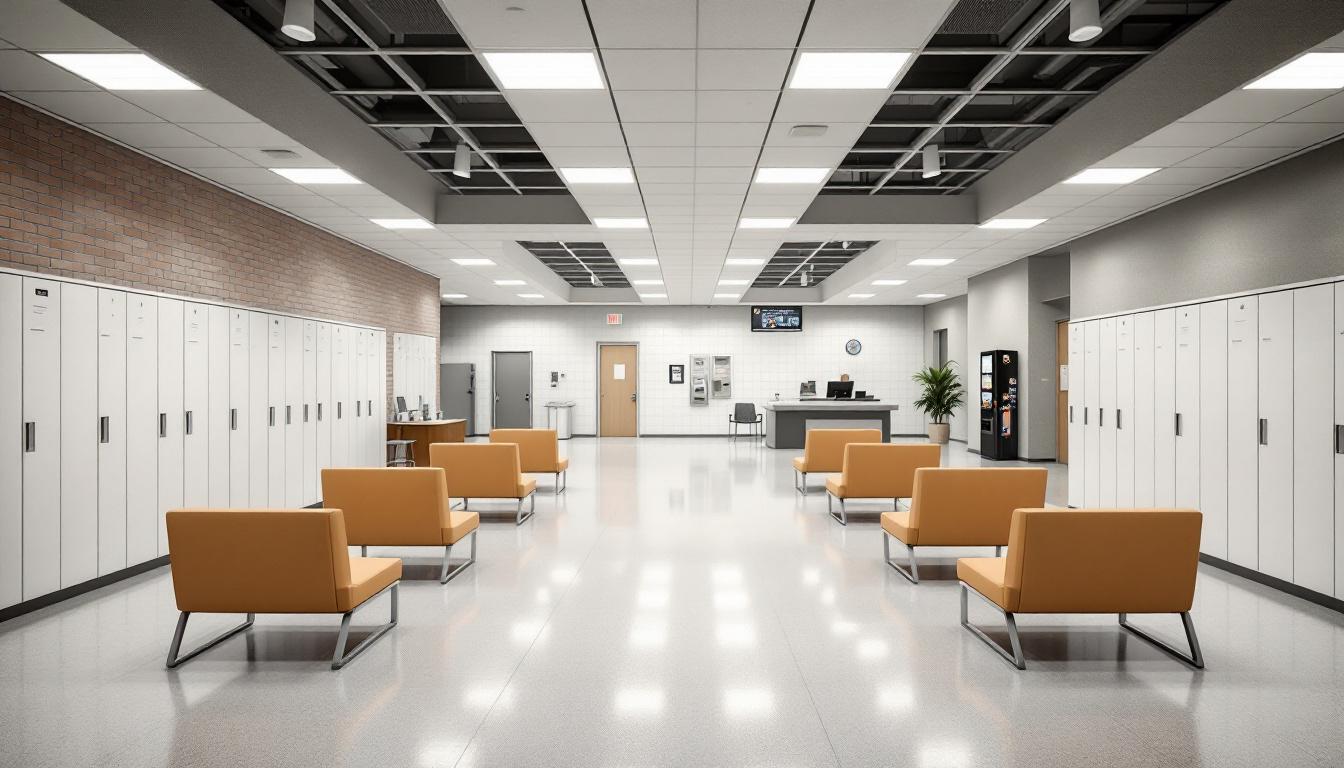
Structured routines and clear organizational protocols shape every aspect of life for the population at Corrections Medical Center. Today's schedule typically begins with early morning medical rounds, followed by meal service and scheduled treatment appointments that consistently anchor the daily rhythm. The facility's medical focus means that healthcare needs often determine the flow of activities, with therapeutic programs and medical consultations integrated throughout the day.
Housing units are generally organized to accommodate varying levels of medical care, with some areas designated for those requiring more intensive health monitoring. The population typically resides in cells or dormitory-style accommodations, depending on their medical status and security classification. Also, meals are usually served in designated dining areas or delivered to housing units for those with mobility limitations or specific medical dietary requirements. Personal property allowances generally include basic hygiene items and approved medical equipment when necessary.
Recreation opportunities may include indoor activities, limited outdoor time when medically appropriate, and structured programs that supply both physical activity and mental stimulation. However, participation often depends on individual health conditions and treatment schedules. Family connections are typically maintained through scheduled visitation periods and telephone access, though medical appointments may sometimes affect these arrangements. The commissary usually provides additional personal items and snacks, allowing the population to supplement their basic needs while following medical dietary restrictions when applicable.
Ready to Connect?
Start communicating with your loved one today
Search for an Inmate
